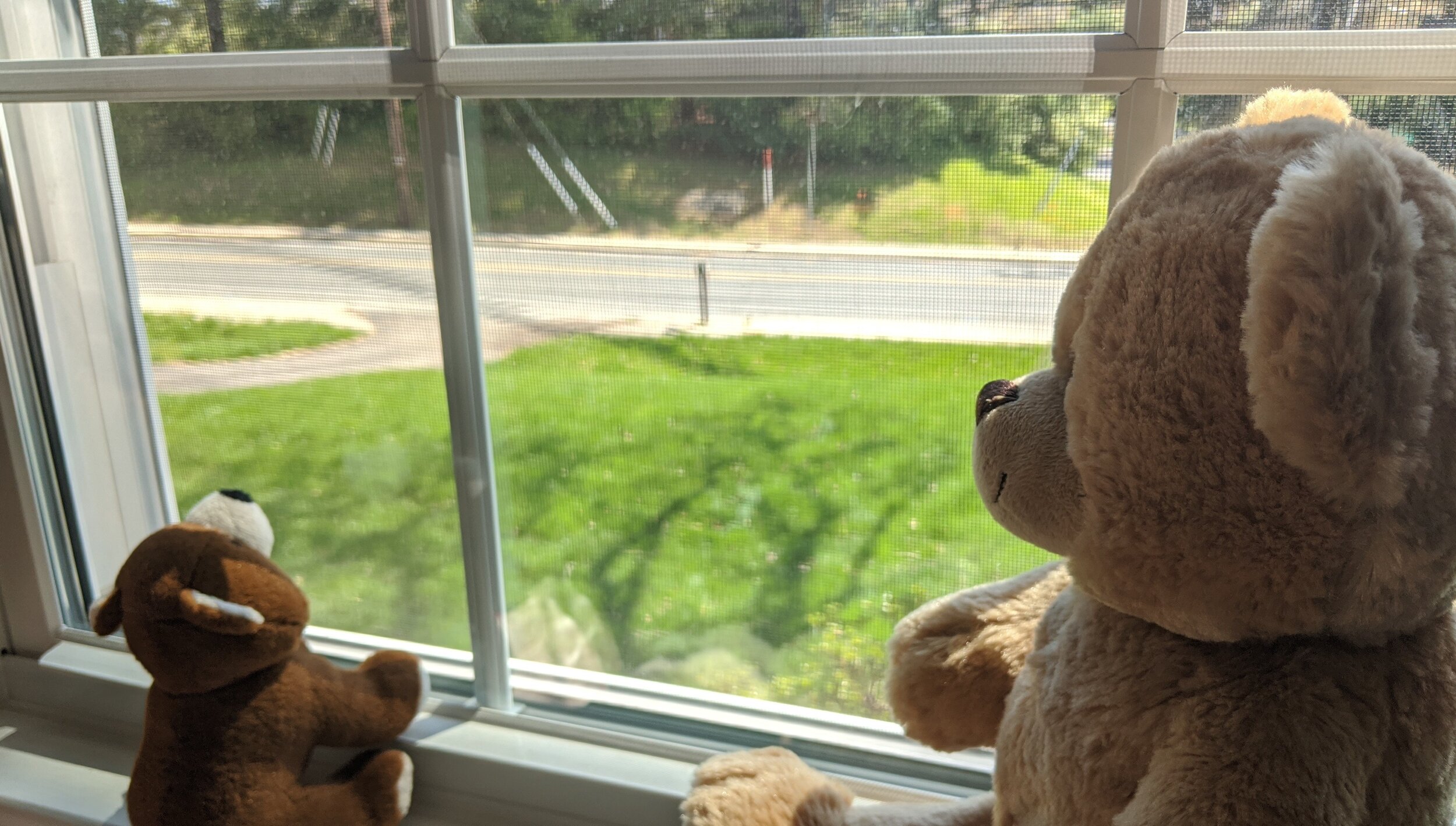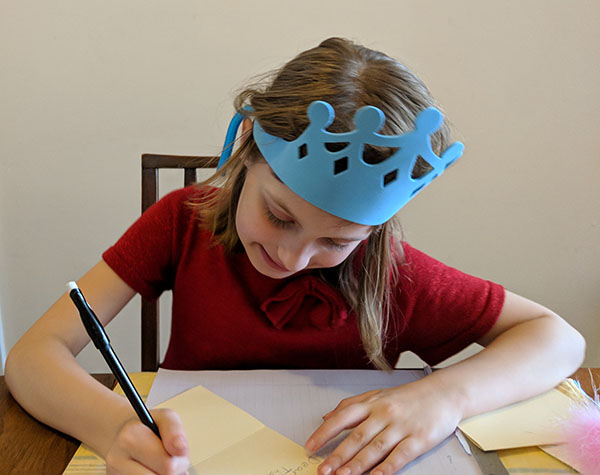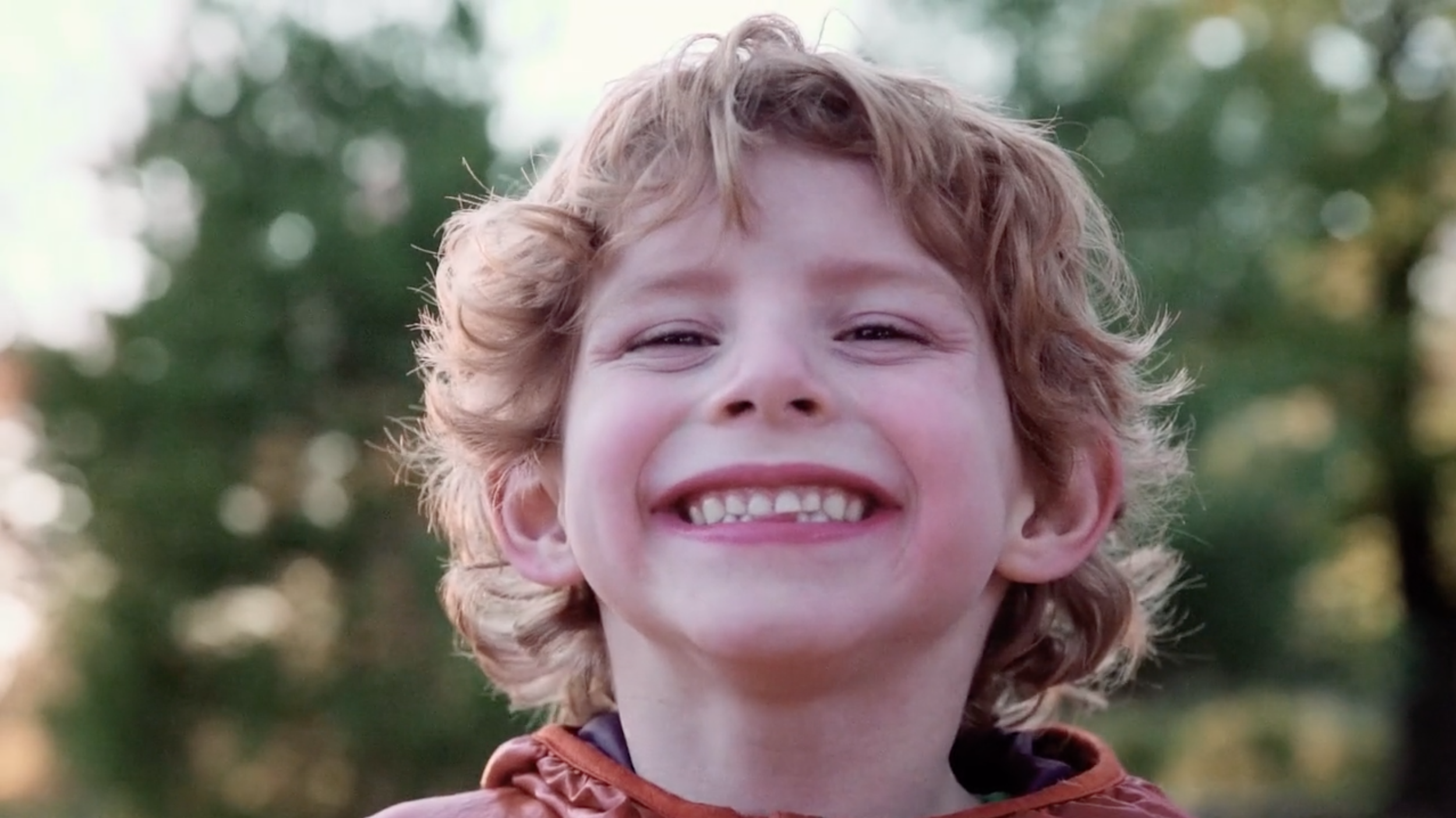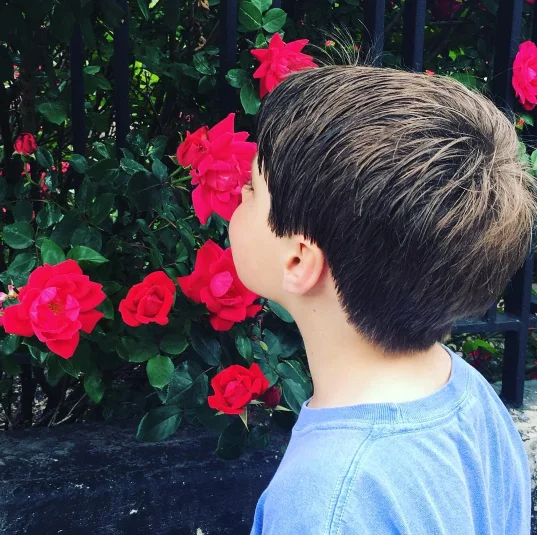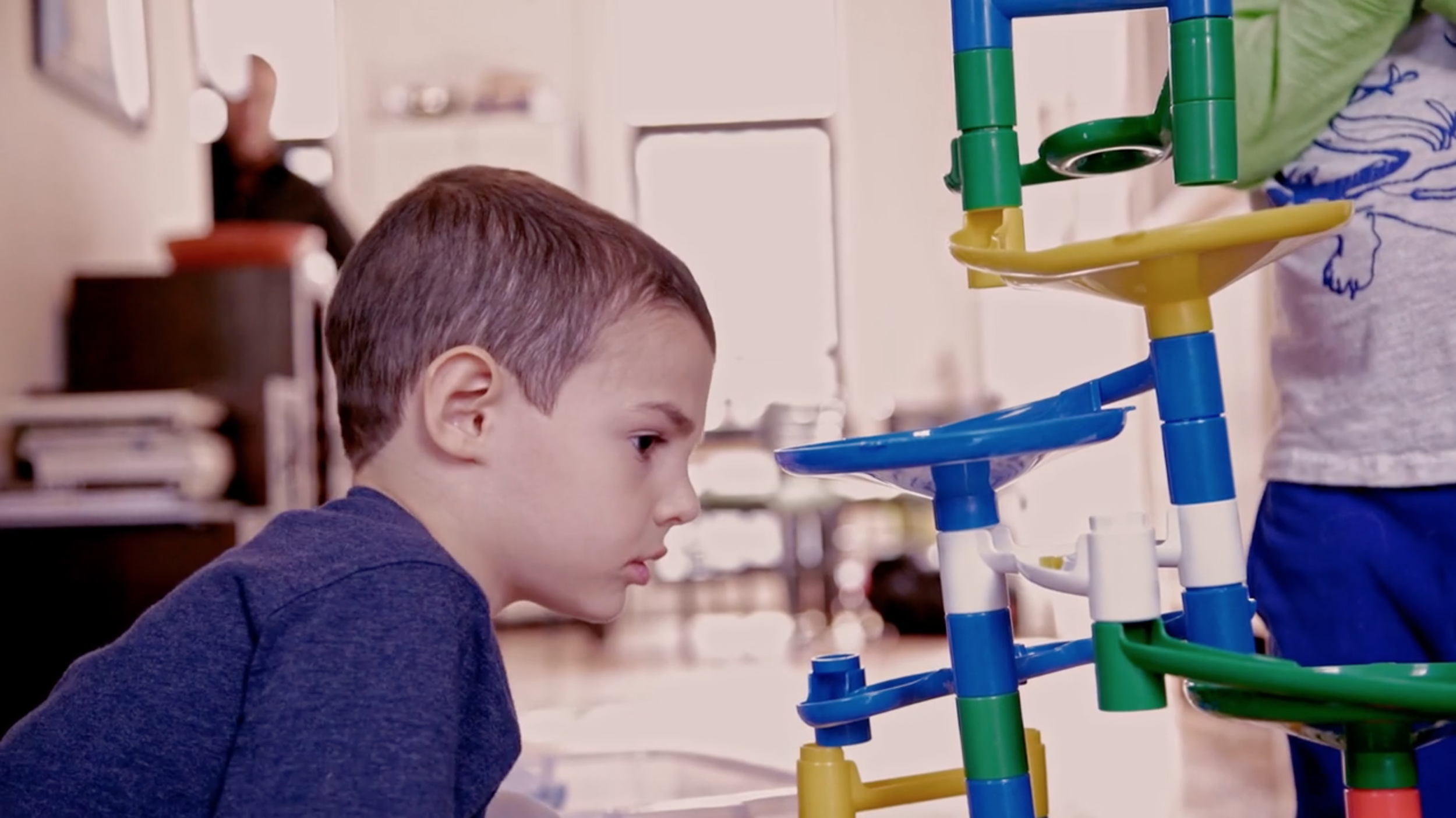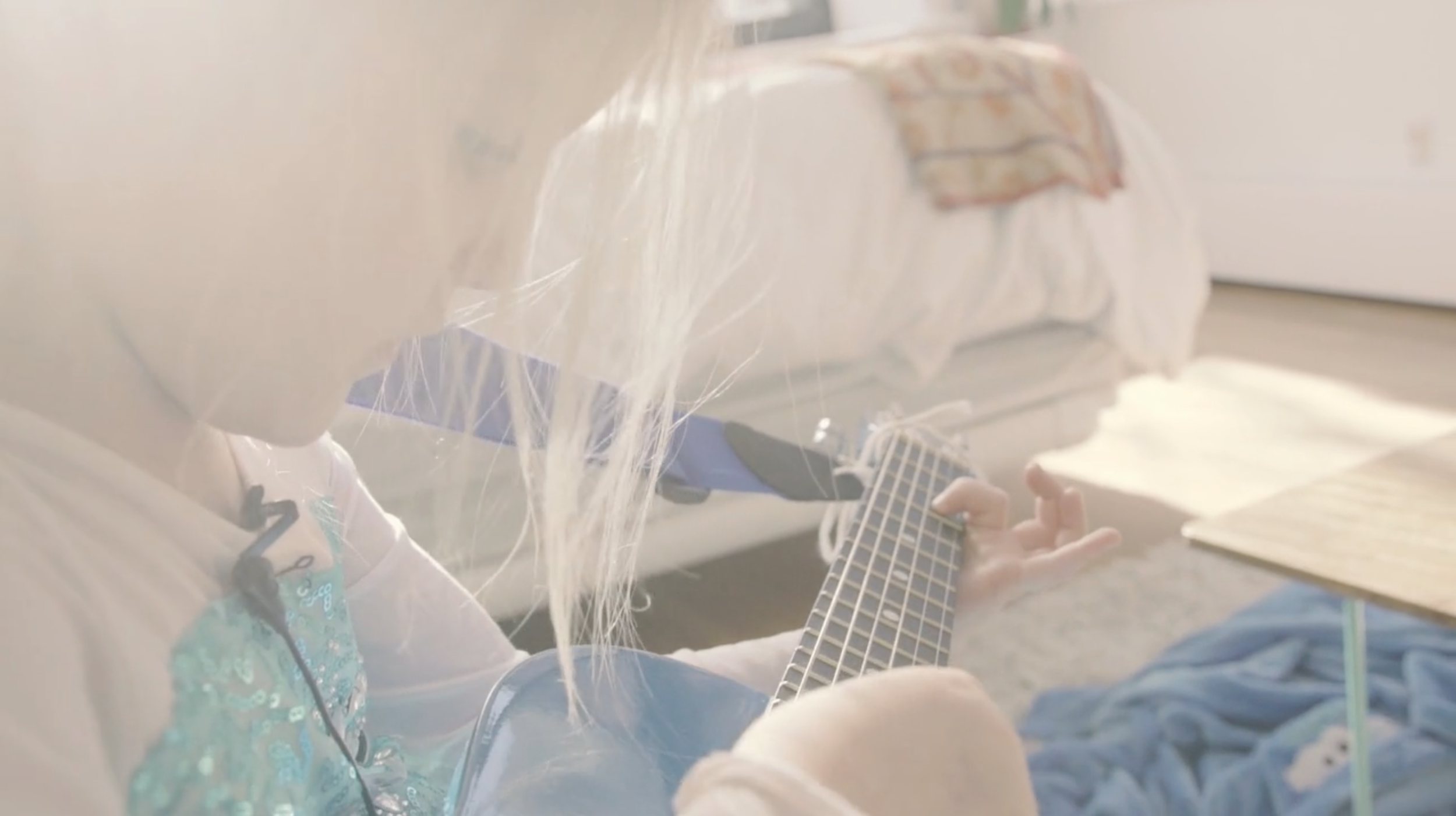This weekend is Father’s Day and we are looking forward to celebrating the men in our families who bring joy, laughter, and so much more to our lives. Today, we are rounding up ideas for how to make Father’s Day special.
All of these ideas can be adapted for social distancing, and we hope you enjoy making them a part of your Father’s Day Weekend.
Interview Dad
Give Dad (and Grandpa, and the other special men in your children's lives) a chance to tell some of his favorite stories.
Encourage your kids to conduct mini-interviews with the special guys in your family's life. This is a great thing to do even if you are celebrating Father's Day virtually. Set up a Zoom chat with Grandpa, call him on the phone, or send an email.
If Dad and the kids are in the same space, invite them to go outside in the backyard or on the front steps. Give them some time to chat. Help your child come up with interview questions to guide the conversation, and to create space to share stories, ideas, and special moments. Check out our Interview Storytelling Game for question suggestions, and invite your child to come up with some of their own!
Once the interview is complete, work with your child to come up with creative ways to put together what they learned about their special guy. Think about all of the different ways your child can use creativity to share stories. From PowerPoint presentations, to storybook style projects, to posters, there are so many ways to create keepsakes that commemorate dad's story.
Celebrate Your Memories
Rediscovering memories is a wonderful way to celebrate the dads in our lives. Carve out some time to sit down together and go over family photos.
Try to find photos from when your child was young, or before they were born. This is a great way to bring family stories to life, to rediscover some of your most special moment, and to find out what is most meaningful to dad. You may be surprised by what you learn.
Take the next step and memorialize these moments with a Father's Day Montage. We love creating unique montages like this for events and moments that are special to families. There are so many ways to bring these moments to life, to rekindle our memories, and to celebrate our stories.
What better way to honor your family's story - and your dad - than to create a time capsule like this, just for him.
Cook a Favorite Meal with Dad
So many of the dads we know love to spend time in the kitchen or out with the grill. Brainstorm a fun family meal with dad, then get to work creating it together.
Think about different themes and build a meal around them. Make decorations, try new recipes, and start celebrating right away. Cooking together gives your kids an opportunity to spend quality time with dad, and to feel proud and excited about creating something together that the whole family can enjoy.






